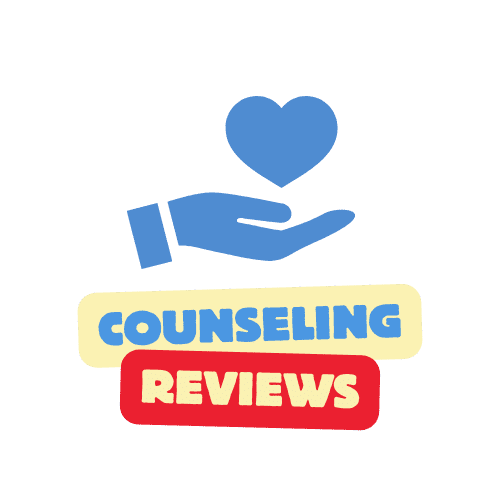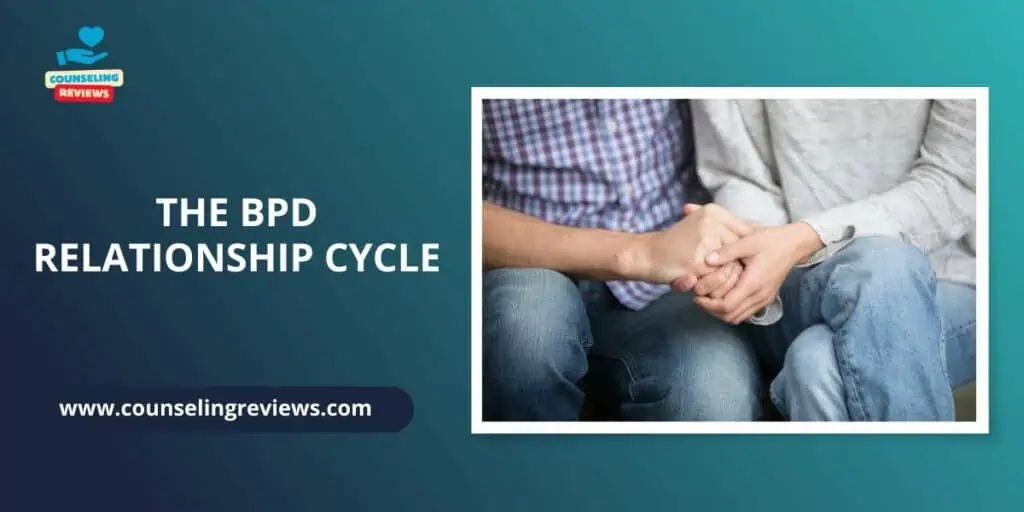BPD (Borderline Personality Disorder) is a relatively rare mental health disorder occurring in approximately 1.6% of the general population. BPD is often diagnosed in late adolescence or early adulthood, and women are primarily diagnosed with this disorder. Current studies indicate men may be underdiagnosed or misdiagnosed.
BPD is characterized by a host of symptoms, ranging from manageable to severe. Symptoms include any combination of the following:
Difficulty regulating mood and emotions, rapid mood swings, suicidal ideation and/or attempts, self-inflicted harm, a history of unstable relationships, poor anger management skills, a persistent feeling of being unfulfilled, a poor sense of self, impulsive behavior, risk-taking behavior, intense fear of abandonment, and temporary paranoia brought on by stress.
Overview of a BPD Relationship Cycle
While there is no definitive relationship cycle for those living with BPD, there are certain phases a BPD relationship may cycle through. A BPD relationship cycle could best be described as a game of tug-of-war. First, the BPD client pulls in their significant other, then they push them away, followed by more back-and-forth behaviors.
Phases in the BPD Relationship Cycle
Phase 1: Typically involves a person with BPD idealizing or prioritizing their love interest. While this might appear typical in new relationships, the differentiating factor here is that there tends to be an absence of objectivity. A person with BPD initially only sees the good in their partner and places them on the proverbial pedestal. Their love interest tends to take precedence over everything else in the BPD person’s life.
Phase 2: Once the relationship has had time to “mature,” the person with BPD might start to devalue their partner. They might magnify any negative attributes. This is also a time when the person with BPD becomes hypersensitive to any perceived slights.
Phase 3: As an attempt to prevent abandonment, the person with BPD may try to push their partner away first before their partner tries to leave them. They may not be aware they are self-sabotaging their relationship.
Phase 4: Fighting between the two ensues. There may be gaslighting, victimizing, and blaming. This may be a subconscious attempt for reassurance, or it may be another attempt to push the other person away first.
Phase 5: The person with BPD might try to save their relationship. This might be an attempt to prove their worth to themselves. If they can win back their lover, they perceive themselves as valuable.
Phase 6: If the relationship has ended, the person with BPD may feel distraught and worthless. This can be a dangerous time if they self-harm or suffer from suicidal ideation. This may also be the phase in which the person with BPD attempts to restart the relationship, and the cycle begins again.
Communication Strategies for Partners
Communication strategies for partners can be a vital piece to helping end the exhaustive and negative BPD relationship cycle. However, if the person with BPD has not sought treatment, it’s highly unlikely the change of one person will positively impact the health of the relationship as a whole.
Some helpful communication strategies include the use of “I” statements. For example, “I feel hurt when you yell at me,” rather than “You yell at me all the time, and it makes me feel bad.” With “I” language, we take ownership of our feelings and subsequently eliminate blaming.
Another helpful strategy is to repeat what their partner has said. This helps the person with BPD feel heard and also helps to clarify the issue. For example, “If I understand you correctly, you would like me to text you twice a day. Is this correct?”
Employing empathy is especially helpful in remaining calm. Remember that the person with BPD is not intentionally trying to hurt you. They are suffering from mental health complications that require support. Oftentimes, it only takes one person to de-escalate a situation if that person can remain calm.
Maintaining healthy boundaries for yourself is imperative. Not only do you protect yourself, but you are also demonstrating healthy behavior. Our boundaries communicate to others what behavior we will and won’t tolerate.
Professional help for BPD
Dialectical Behavior Therapy (DBT) is the gold standard for treating those with BPD. According to Luna Greenstein, the communications director of the National Alliance of Mental Health, “One study from 2014 showed that 77% of participants no longer met the criteria for BPD diagnosis after DBT treatment.”
DBT involves both individual therapy as well as group therapy. There are four areas of emphasis within DBT.
- Mindfulness: Helps clients learn how to be more present in the here and now without catastrophizing about the past or future.
- Interpersonal Effectiveness: Clients learn effective communication skills such as setting appropriate boundaries for themselves as well as respecting others’ personal boundaries.
- Emotional Regulation: Techniques are taught to help clients better manage their emotions.
- Distress Tolerance: Similar to emotional regulation, distress tolerance focuses on managing more intense emotions without using unhealthy coping mechanisms such as self-harm or substances.
Common Relationship Issues
Those living with BPD often require a lot of reassurance, especially around abandonment issues. For the other partner, this can feel exhausting. With proper support, the person with BPD can learn to communicate their needs clearly and respect the other person’s boundaries.
If the person with BPD threatens self-harm in an attempt to keep the relationship intact, this can make the other person feel trapped and scared. They may fear that if they end the relationship, the person with BPD will self-harm. If this is occurring, professional treatment is required.
The push and pull cycle of BPD relationships can cause the other person a lot of uncertainty. If the cycle has been experienced more than once, relationship counseling is most likely required to see long-term progress. Couples counseling can help the person with BPD learn to communicate more effectively and can also teach the partner healthy ways to cope.
Breaking Destructive Cycles in BPD Relationships
The best way to stop the negative relationship cycle is to seek professional support. Support might require the person with BPD to attend DBT as well as couples counseling with their partner. The good news is, loving and healthy relationships are possible with appropriate support and it’s never too late to seek the treatment you deserve.





